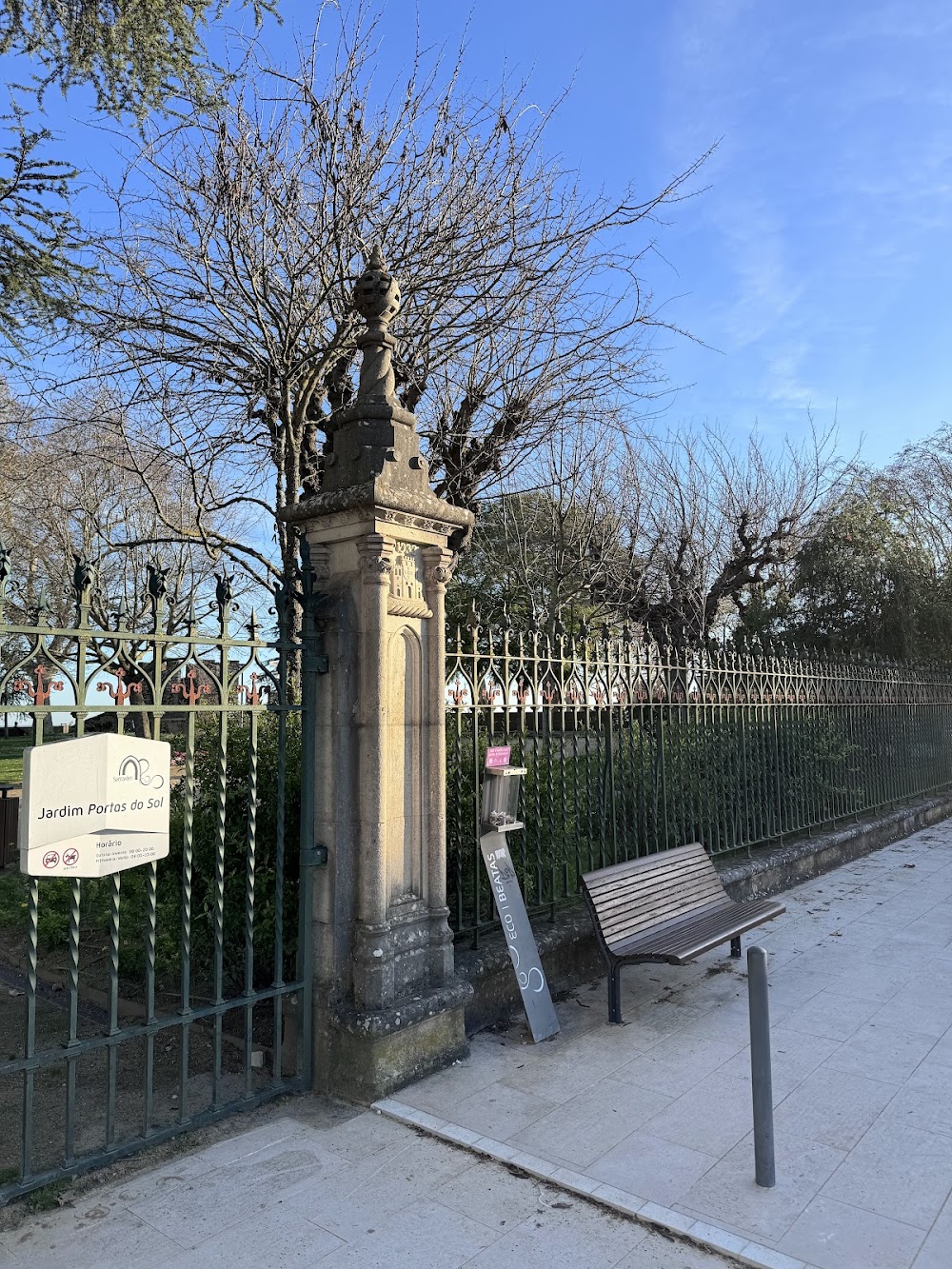Roman Ruins of Scallabis (Ruínas Romanas de Scallabis)
Overview
In the heart of Santarém, Portugal, lie the ancient Roman ruins of Scallabis. These remnants stand as a testament to the city's significant historical relevance during the Roman Empire. Scallabis, the Roman name for what is now Santarém, served as an important administrative and commercial hub. While the ruins may not be as grand as some other sites in Europe, they offer a captivating glimpse into a fascinating past.
The Romans established Scallabis around the first century BC, selecting the site for its strategic position atop a hill that provided natural defense and a commanding view of the surrounding landscape. The town flourished thanks to its proximity to the Tagus River, which facilitated trade and transport. Various structures were constructed, including temples, baths, houses, and forums, all showcasing the architectural prowess and innovation of the time.
At the center of Roman public life was the forum, and in Scallabis, it played an equally vital role. Serving as a marketplace, a gathering place, and a venue for political discourse, the forum was adorned with impressive columns and statues dedicated to Roman gods and prominent figures. Today, the remnants of these architectural marvels hint at the grandeur that once captivated the citizens of Scallabis.
Equally significant were the public baths, which were not just places for bathing but also social hubs where business was conducted. These baths featured an intricate design with a series of rooms, including the caldarium (hot bath), tepidarium (warm bath), and frigidarium (cold bath). Advanced aqueducts and plumbing systems brought fresh water from distant sources, showcasing the engineering skills of the Romans. Portions of these baths remain visible, offering insight into the daily lives of the Roman inhabitants.
Residential houses dotted the landscape of Scallabis, varying from luxurious villas belonging to wealthy citizens to more modest homes of the working class. Many of these residences featured stunning mosaics and frescoes, which have been preserved to varying degrees. These artistic elements depicted scenes from mythology, nature, and daily life, providing a window into Roman cultural and aesthetic values.
The preservation of the Ruínas Romanas in Santarém has been a gradual and ongoing process. Excavations began in the 19th century and have continued intermittently since then. Archaeologists and historians have worked meticulously to uncover and conserve these ancient structures, a painstaking process involving careful digging, cataloging artifacts, and sometimes reconstructing parts of the ruins.
Modern-day visitors are invited to explore the site and admire the remains of columns, walls, and mosaics. Informational plaques provide valuable context about the different structures and their historical significance. This open-air museum allows people to walk through history and imagine life in ancient times, making it a must-visit destination for history enthusiasts.
The Roman ruins of Scallabis are more than mere stones and remnants; they are vital pieces of a grand narrative about human ingenuity, ambition, and culture. Though time has worn down the once-majestic buildings, they continue to stand as a silent testament to the enduring legacy of the Roman Empire in Portugal.






